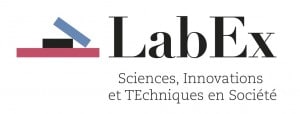Abstract
The prediction of health risks is underpinned by the ambition to measure the hazards facing human populations, when it is impossible to test these hazards. It is sometimes suspected that model-based predictions of risk are inherently favorable to the interests of regulated industries: by staging the possibility to measure future risks with precision, modeling harms the credibility of the other kinds of evidence that are used by regulatory agencies to establish risks, such as experiments on animals or studies on humans. In effect, the use of models would delay or even prevent agencies from being able to estimate risks, and would eventually halt their decision-making. This article provides a history of the development and use of the Physiologically Based Pharmacokinetic (PBPK) modeling technique to verify whether it has such an effect on the governance of chemicals. It shows that the effects of models on regulatory decision-making are often limited, for one main reason: models, their theoretical construction, and their parameters or outputs, are routinely evaluated by the modelers who work for regulatory agencies. Models do not therefore set the risk, but open a space for interpreting the value of different forms of knowledge about those risks. The political effects of modeling, and the extent to which they strengthen the power of one or the other actor in the governance of chemicals, depends on the position of this very actor in configurations of uncertainty, or the set of networks that control the evaluation of knowledge and of their uncertainties. From this perspective, the power of the industry is far from being absolute.
See all documents refering Cortext Manager






